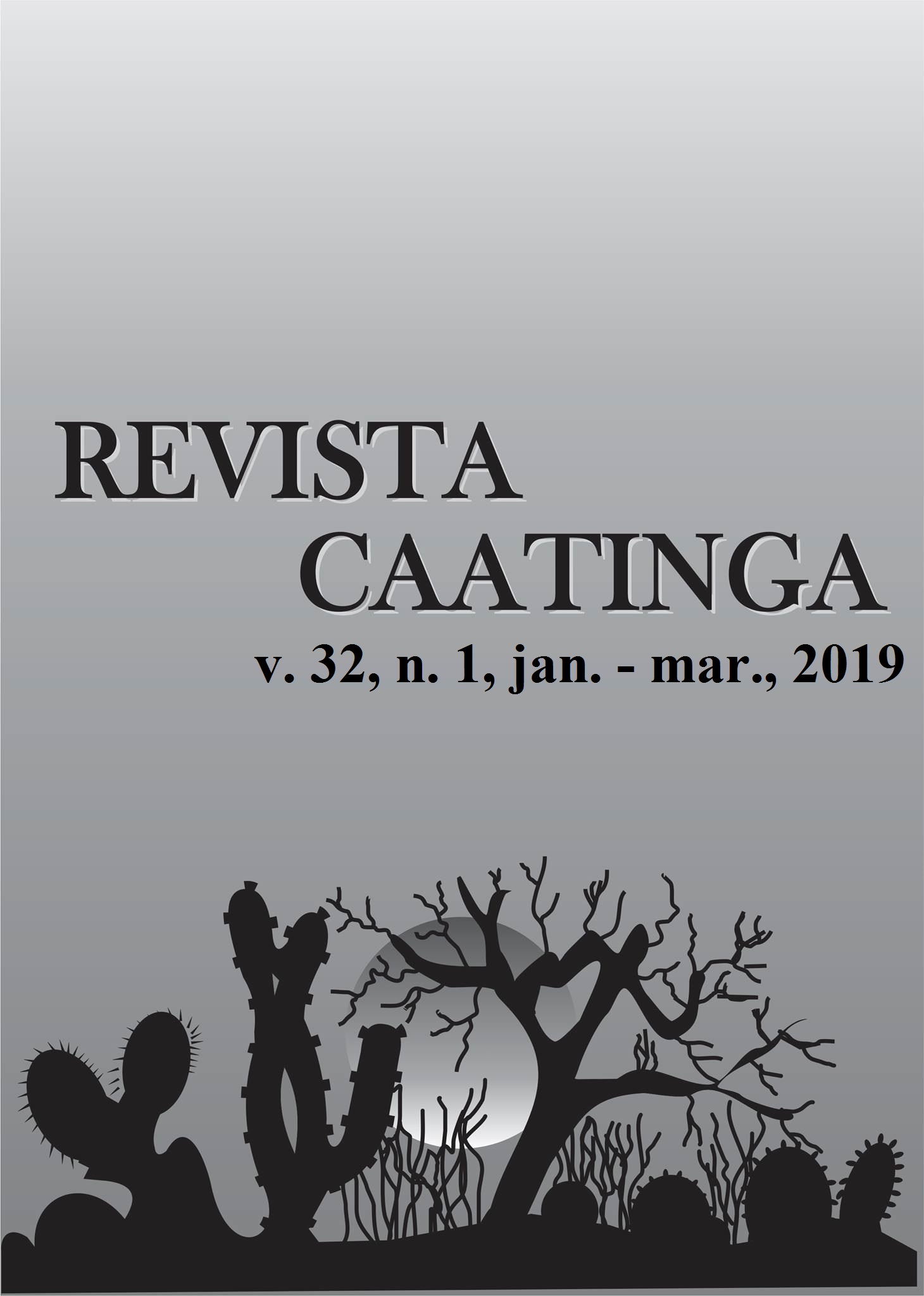AGRONOMIC PERFORMANCE AND BIOLOGICAL EFFICIENCY OF KALE INTERCROPPED WITH SPICE SPECIES
DOI:
https://doi.org/10.1590/1983-21252019v32n102rcKeywords:
Brassica oleracea L. var. acephala. Intercropping. Sustainable agriculture. Land use efficiency.Abstract
Intercropping is a management strategy for the sustainability of agricultural systems, and is suitable for the production of vegetables. Kale is predominantly grown singly, but field observations have indicated that this crop has satisfactory productive potential when grown in intercrops with other vegetables. The objective of this work was to evaluate the agronomic performance and biological efficiency of kale plants intercropped with spice species. The experiment was carried out at the Didactic Horta of the Federal University of Ceará, Fortaleza, state of Ceará, Brazil. The experiment was conducted in a randomized block design with five replications. The treatments consisted of kale grown singly and intercropped with spice species (chives, coriander, basil, and parsley) and these spice species grown singly. The fresh and dry weights of the kale leaves, and the shoot of the spice species were evaluated. The biological efficiency was evaluated by the land use efficiency index (LUE), relative contribution of the kale crop to the LUE, area time equivalent ratio, and system productivity index. The intercropping of kale with parsley resulted in the highest fresh, and dry weights of kale leaves, showing the highest agronomic efficiency.
Downloads
Downloads
Published
Issue
Section
License
Os Autores que publicam na Revista Caatinga concordam com os seguintes termos:
a) Os Autores mantêm os direitos autorais e concedem à revista o direito de primeira publicação, com o trabalho simultaneamente licenciado sob a Licença Creative Commons do tipo atribuição CC-BY, para todo o conteúdo do periódico, exceto onde estiver identificado, que permite o compartilhamento do trabalho com reconhecimento da autoria e publicação inicial nesta revista, sem fins comerciais.
b) Os Autores têm autorização para distribuição não-exclusiva da versão do trabalho publicada nesta revista (ex.: publicar em repositório institucional ou como capítulo de livro), com reconhecimento de autoria e publicação inicial nesta revista.
c) Os Autores têm permissão e são estimulados a publicar e distribuir seu trabalho online (ex.: em repositórios institucionais ou na sua página pessoal) a qualquer ponto antes ou durante o processo editorial, já que isso pode gerar alterações produtivas, bem como aumentar o impacto e a citação do trabalho publicado (Veja O Efeito do Acesso Livre).







